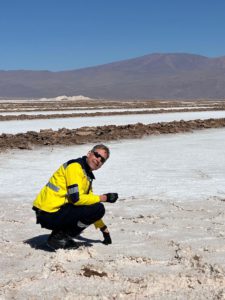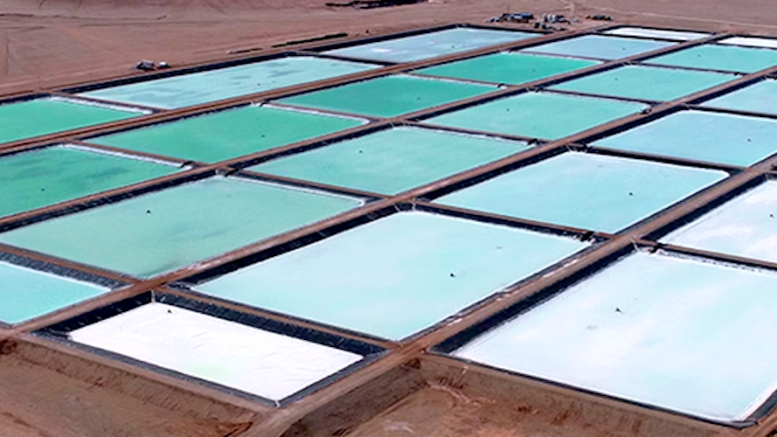Rio Tinto (ASX, LSE, NYSE: RIO) has secured all regulatory approvals to proceed with its $6.7-billion (C$9.49-billion) acquisition of Arcadium Lithium (ASX: LTM; NYSE: ALTM) set to close in early March.
The acquisition of Arcadium, announced in October, is Rio’s largest deal in more than a decade. It positions the company among the world’s largest lithium miners, trailing only U.S.-based Albemarle (NYSE: ALB) and Chile’s SQM (NYSE: SQM).
CEO Jakob Stausholm has hinted at plans to establish a standalone lithium division, Rio Tinto Lithium. Arcadium CEO and former Goldman Sachs banker, Paul Graves, is expected to lead the lithium operations from New York.
Rio Tinto, already the world’s second largest miner, is adding lithium mines in Argentina and Australia, as well as processing facilities in the U.S., China, Japan and the UK. Its customer base would include major names, such as Tesla, BMW and General Motors.
Shares in Rio Tinto closed 0.7% higher on Friday in Sydney at A$121.17 apiece for a market capitalization of A$170.5 billion (C$153.7 billion).
Battery ambitions
Arcadium, domiciled in Ireland while operating out of Philadelphia, confirmed on Friday that Australia, Canada, China, Japan, South Korea, the United Kingdom and the United States have approved the deal under the Hart-Scott-Rodino Antitrust Improvements Act of 1976.
Investment screening approvals have also been granted in Australia, Canada, Italy, the UK, and the U.S., including clearance from Washington’s Committee on Foreign Investment, an inter-agency committee that reviews the national security implications of foreign investments in the national economy.
Over the past seven years, Rio Tinto has been steadily expanding its presence in the battery market. In 2018, it reportedly attempted to buy a $5 billion stake in Chile’s SQM.
Demo plant
In April 2021, it kicked off lithium production from waste rock at a demonstration plant located at a borates mine it controls in California.
A key milestone in Rio Tinto’s lithium expansion came in 2022 with the acquisition of the Rincon lithium project in Argentina. The asset has reserves of almost two million tonnes of contained lithium carbonate equivalent, sufficient for a 40-year mine life.
The company plans to develop a battery-grade lithium carbonate plant at Rincon with an annual capacity of 3,000 tonnes and has earmarked $2.5 billion to invest in Rincon — the company’s first commercial-scale lithium operation. First production is expected in 2028, followed by a 3-year ramp up to full capacity.

Serbia
Rio Tinto is also trying to revive its $2.4 billion Jadar mine in Serbia. The company’s mining license was revoked in 2022 following widespread protests against the proposed mine on environmental concerns.
The mining giant won a small, but key battle in July 2024, as Serbia reinstated Rio Tinto’s licence to develop it, but the company will have to secure approvals to move towards production. The country’s parliament, however, is still debating a proposal to ban lithium and borate mining and exploration. If passed into law, this would effectively put an end to the contested Jadar project.
With a projected production of 58,000 tonnes of refined battery-grade lithium carbonate per year, Jadar would be Europe’s biggest lithium mine.
The operation could supply enough lithium to power one million electric vehicles and meet 90% of Europe’s current lithium needs.
Rio Tinto Lithium is expected to assume control of the Rincon project but not Jadar, as Stausholm has emphasized the need for management to maintain a “laser focus” on successful integration once the Arcadium transaction is complete.,


Be the first to comment on "Rio Tinto OK’d on $6.7B Arcadium Lithium buy"